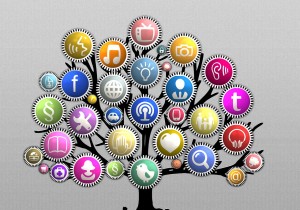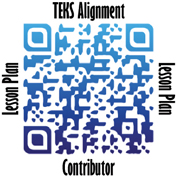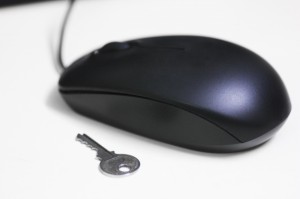 Are you riding a wave of innovation in your school, or are you caught in the curl and drowning in the surf? In today’s world, innovation is a buzzword that appears universally across topics and disciplines, and the field of education is no exception. Melissa shared a definition of innovation in her post earlier in November, and encouraged readers to embrace emerging technologies to enhance innovative thinking in STEM curriculum. Judi looked at innovative delivery of professional development for educators in her posts. Advances in technology have opened the possibilities for unleashing new ways to rethink teaching and learning, and this is a good thing! The not so good thing is the lack of time and support for professionals to incorporate these possibilities into their pedagogy. In order to bring about meaningful change that will benefit students, educators have come to realize that collaboration is a critical component that enables sustainable innovation.
Are you riding a wave of innovation in your school, or are you caught in the curl and drowning in the surf? In today’s world, innovation is a buzzword that appears universally across topics and disciplines, and the field of education is no exception. Melissa shared a definition of innovation in her post earlier in November, and encouraged readers to embrace emerging technologies to enhance innovative thinking in STEM curriculum. Judi looked at innovative delivery of professional development for educators in her posts. Advances in technology have opened the possibilities for unleashing new ways to rethink teaching and learning, and this is a good thing! The not so good thing is the lack of time and support for professionals to incorporate these possibilities into their pedagogy. In order to bring about meaningful change that will benefit students, educators have come to realize that collaboration is a critical component that enables sustainable innovation.
Sustainable change does not happen overnight. Educators learn from each other and are connected across the hallway, the town, the globe. Ideas need to be pondered and discussed, tools need to be sampled, lessons designed and differentiated- all with the goal of engaging students in deeper learning. Educators also learn from students, especially by allowing them to follow their passions and interests. Innovative learners are curious, flexible, and open to taking risks and making mistakes. It’s hard work, but fun. The rewards are in student success and lighting the fires of learning for both teachers and learners.
School districts implementing new initiatives don’t need to reinvent the wheel, but can tailor local plans for sustainable change by examining existing programs that have a track record of innovation for learning. The best models promote teacher leadership and a culture of collaboration to solve identified problems and impediments to student success. Administrators, educators, parents, and community members are all stakeholders together.
In Vermont, middle schools have an opportunity to partner with the Tarrant Institute for Innovation in Education at the University of Vermont. Funded in part through a generous grant from the Tarrant Foundation, experienced educational leaders provide:
- A variety of services to help schools make the transition to engaging, technology-rich teaching and learning.
- In exchange for their substantial commitment to a new vision for teaching and learning, we offer our partner schools intensive professional development, leadership preparation and planning, and small grants for innovative technologies — all free of charge.
- To the broader community, we conduct extensive research, evaluation, dissemination and outreach. (http://www.uvm.edu/tiie/)
Since 2006, the partnership has grown and evolved as a model for bringing systemic change in middle school education. A variety of Vermont schools, from large inner city urban to small rural schools have taken advantage of the opportunity to develop a new vision of education within their communities. The learning has gone both ways-from the professional development facilitators to the partner schools, and back from teacher partners and students who embrace and run with the innovations. The leaders of the project have shared ideas and challenges in a series of articles and by presenting at local and national conferences. Take a close look at the website to see samples of student work, and to follow the blog. A recent blog post features the mindset of one of the Tarrant educators, Mark Olofson. Check out his reflection on the reiterative process of analyzing a new app as a classroom option for learning. It gives us a glimpse at innovative problem solving, and is very refreshing. Even the experts question themselves and can revise their ideas!
As our educational system evolves from a 20th Century factory model, to a system that personalizes learning for students in the information age, new ideas, technologies, processes, and learning theories will continue to bring about changes to the physical and virtual frameworks of schools in the future.
Do you have some suggestions for innovative schools that you would like to share?
Social media is great way to follow the progress of innovation at many schools. You can follow The Tarrant Institute happenings by using the Twitter hashtag @innovativeEd, Facebook site https://www.facebook.com/innovative.ed ,Instagram http://instagram.com/innovativeEducation, and Google+ https://plus.google.com/u/0/105653617605343762368/posts
Next month, I will report on the impact of innovations from partner school participants, and look at the challenges and benefits as they continue to move towards sustainable, renewable change.
References:
Olofson, Mark. “Monster Physics and the importance of careful consideration.” Innovation: Education. (Weblog) Nov. 22, 2014 http://tiie.w3.uvm.edu/blog/monster-physics-importance-careful-consideration/
Image: Classroom Clipart.com



